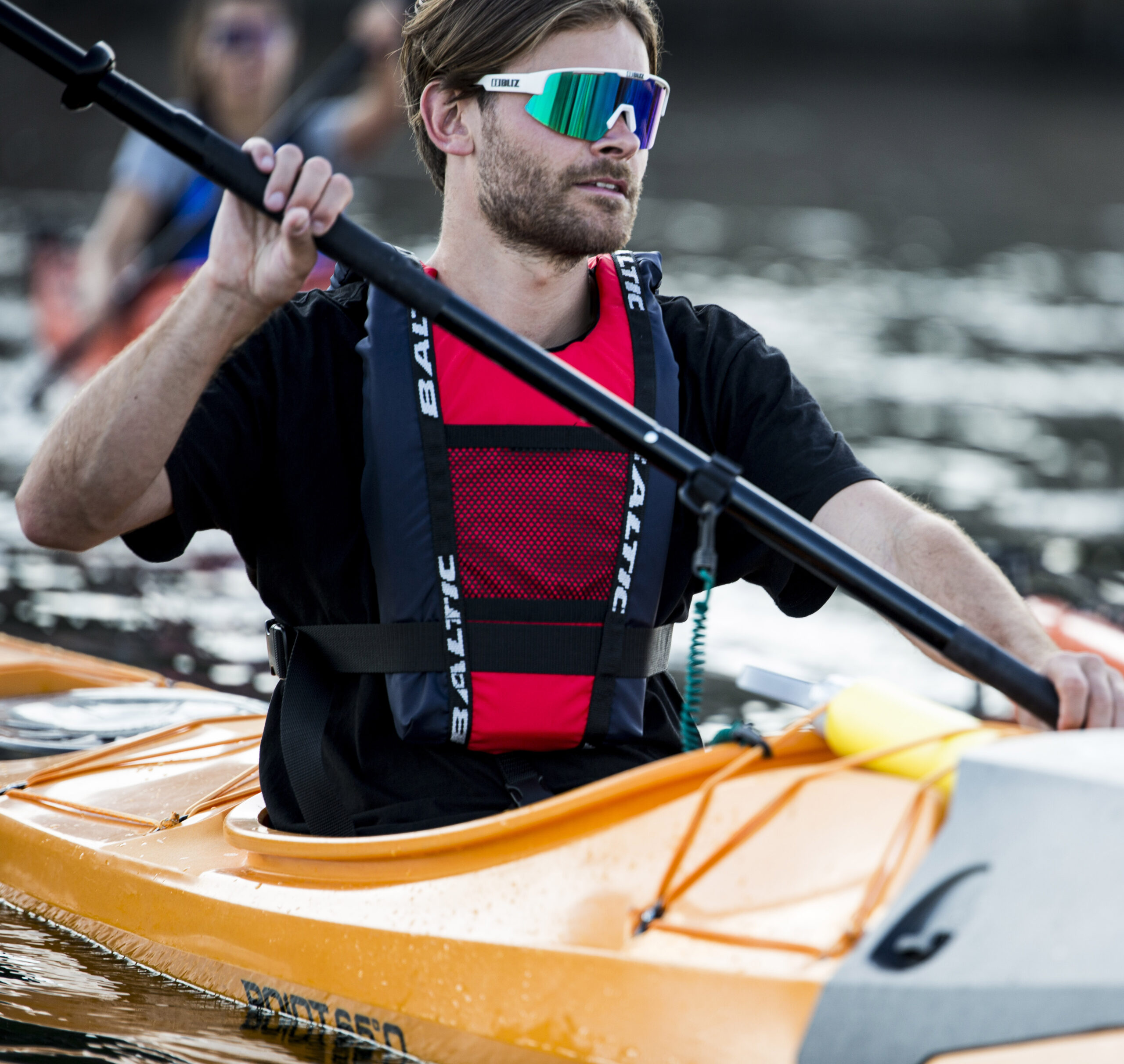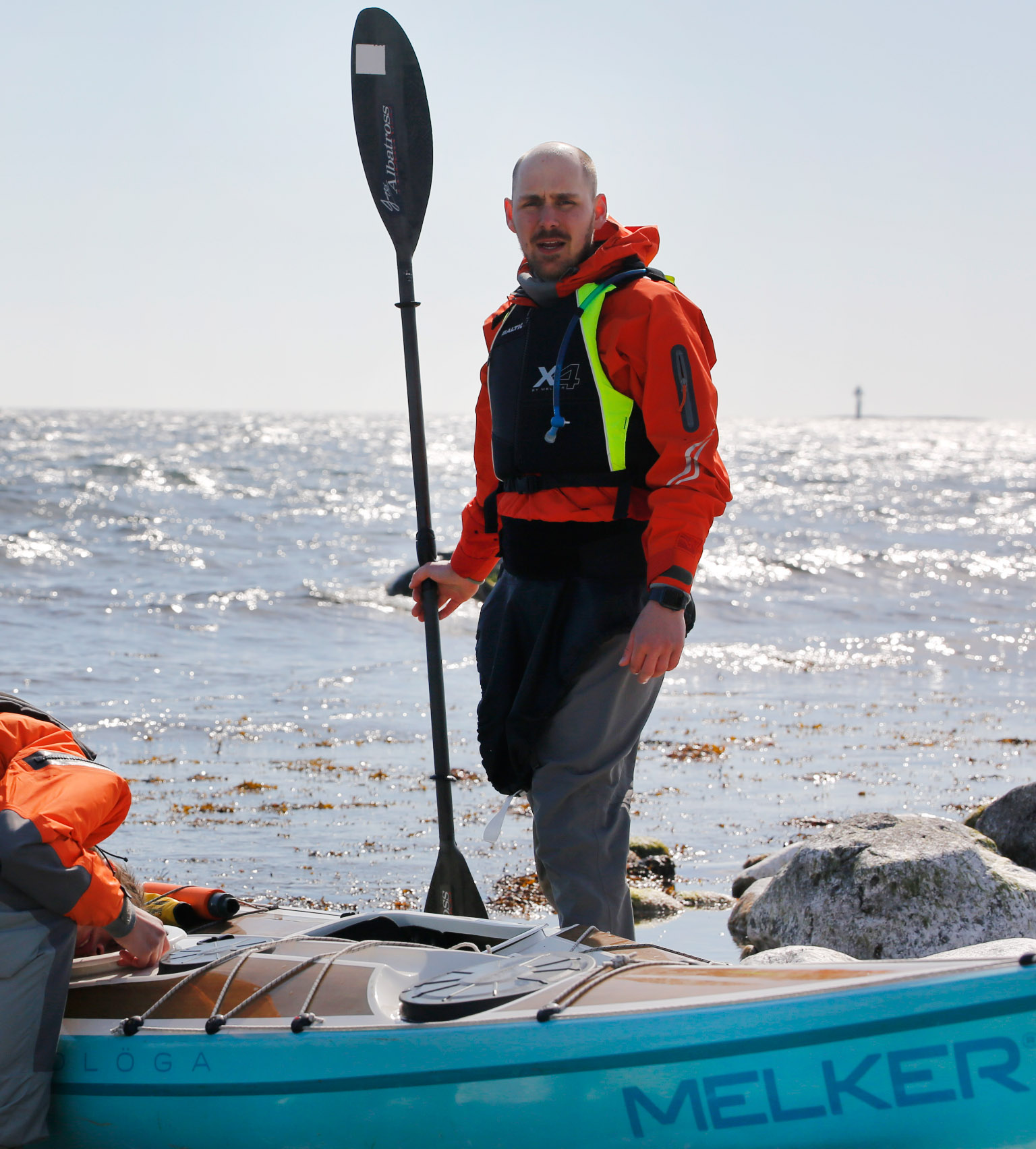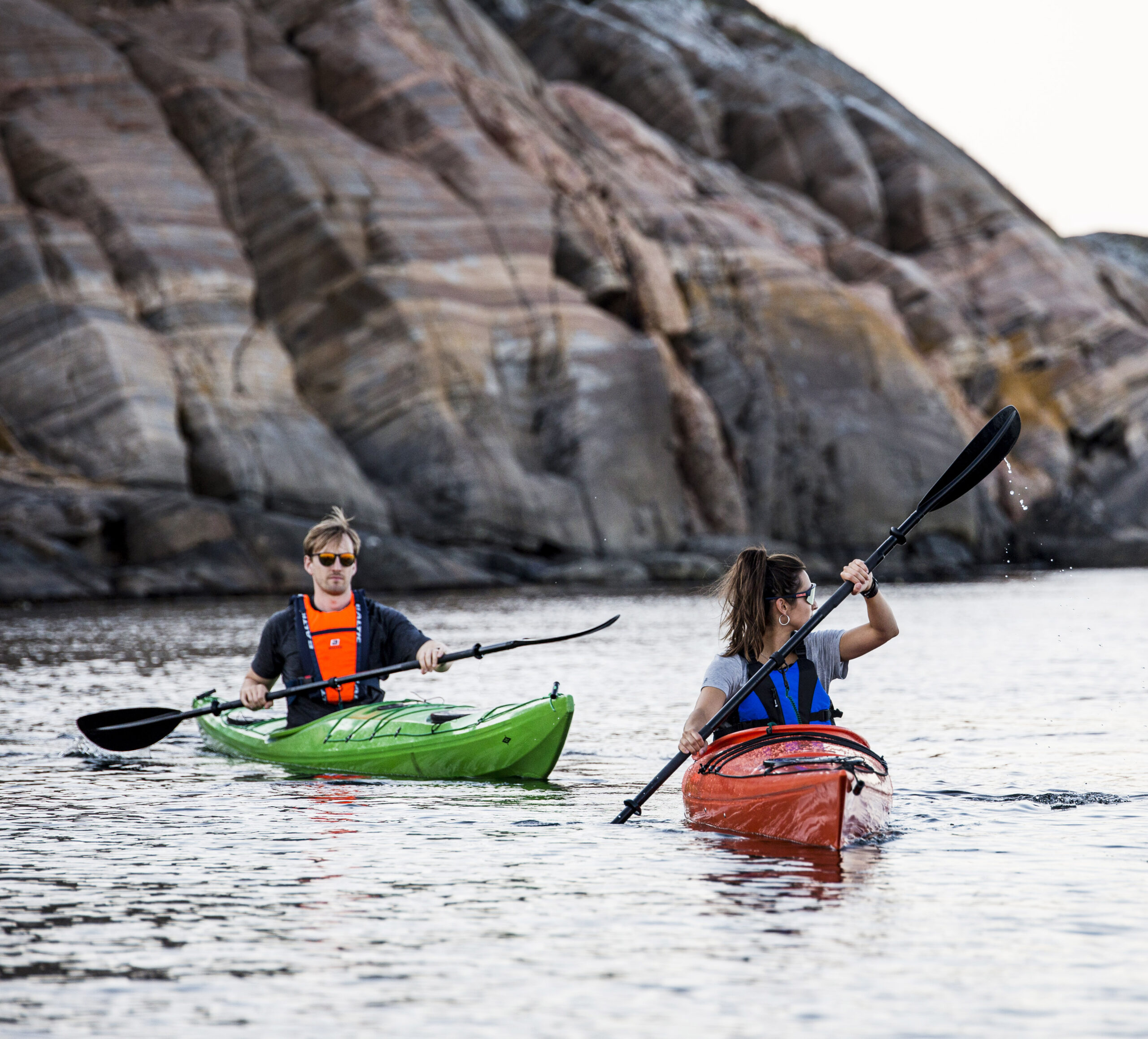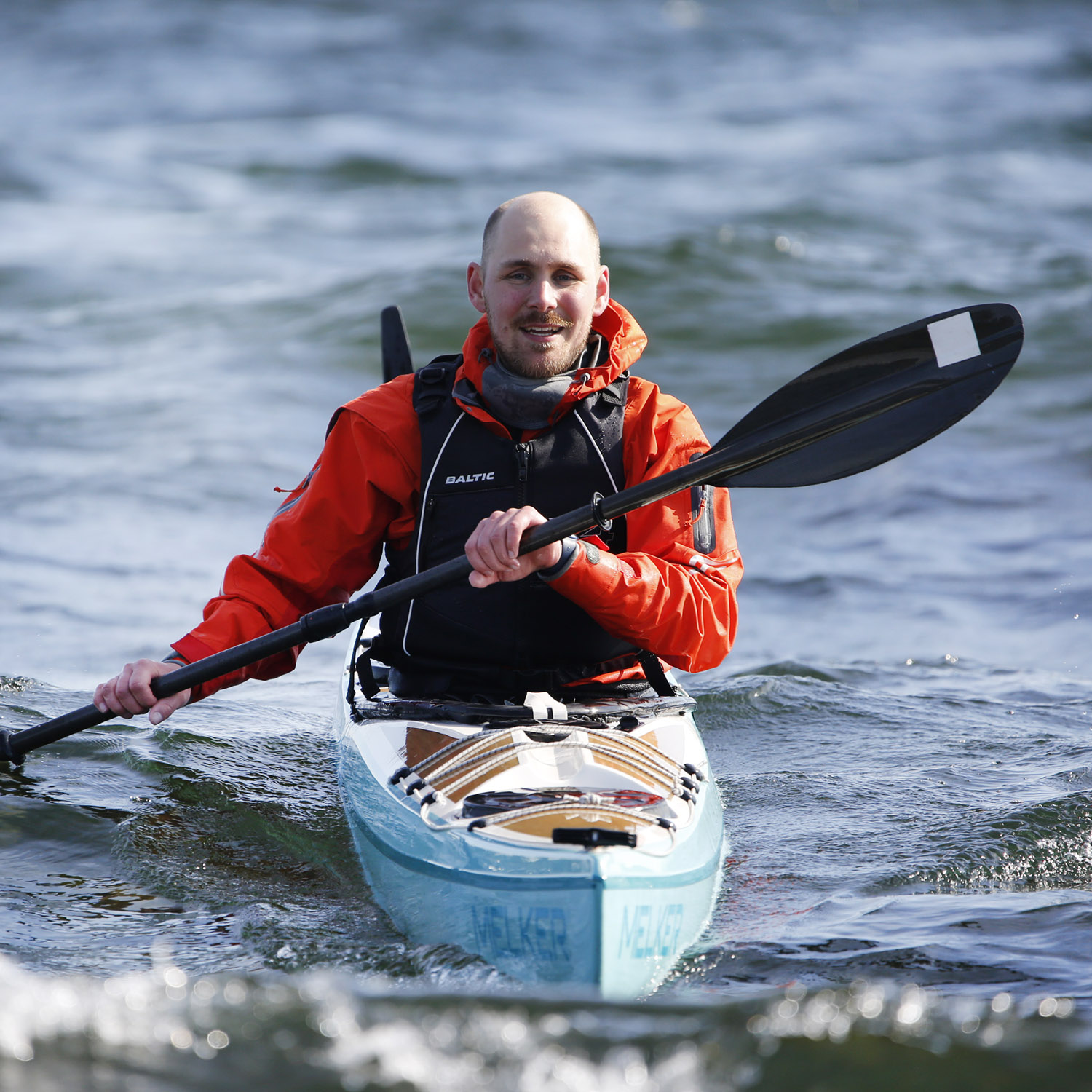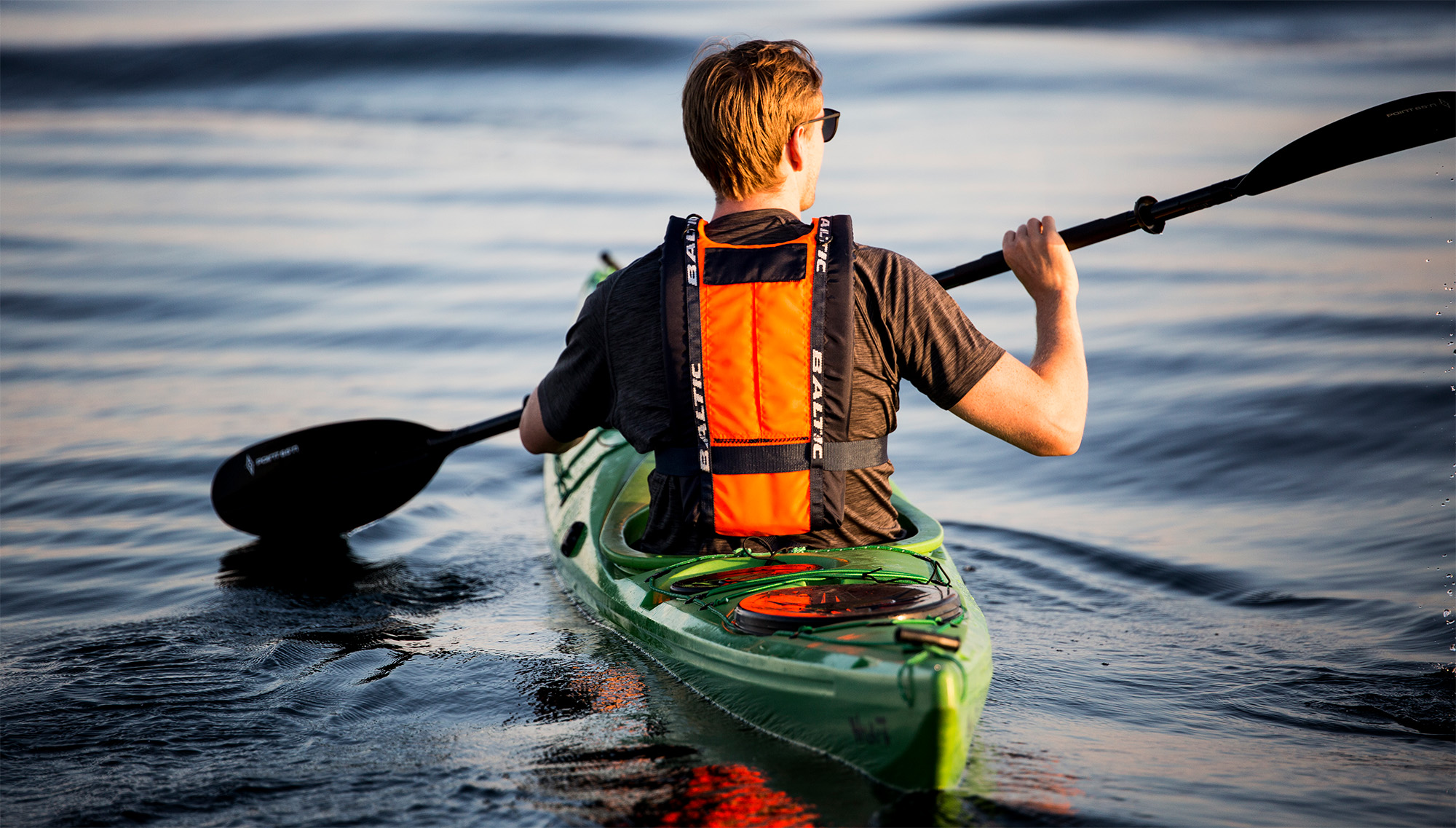
Finding the right buoyancy aid is essential for both safety and comfort, whether you’re gliding across calm waters or heading into more challenging conditions. With so many styles, sizes and colors to choose from, it’s not always easy to know what to look for. Here are a few helpful tips to guide you.
Purpose and Use
It’s important to choose a buoyancy aid specifically designed for kayaking. This ensures freedom of movement and flexibility around the shoulders – key for safe and effective paddling.
Safety
All Baltic buoyancy aids meet the basic requirement of 50N, which is enough to keep an adult afloat in normal conditions. Some kayak models offer up to 70N for different water environments. Be sure to check the exact Newton rating to make sure it’s suitable for your needs.
For children who cannot swim, a 100N lifejacket is always recommended to ensure safety on the water.
Expert tips for your next paddle adventure
We know that having the right gear is only part of what makes paddling safe and fun. That’s why we had a quick chat with Emil from lekmer kajak & SUP, a kayak enthusiast and experienced paddler, who shared his best advice for a safe and memorable time on the water.
What is the most important thing to think about before heading out in a kayak?
Having the right equipment and being prepared for anything that might come up. Always check the weather forecast to avoid difficult or dangerous conditions, and most importantly, remember to enjoy the experience.
What is your approach to clothing and gear?
I want to be able to solve problems on my own, so I always make sure to bring what I need to get back to help or make it home. What you need depends on the trip — paddling around Kungsholmen is very different from a longer outing in the archipelago.
Besides the essentials like kayak, spray skirt, buoyancy aid and paddle, I recommend bringing a dry-packed change of clothes, plus snacks and something to drink. Dress for the weather and keep your phone in a waterproof case inside your buoyancy aid or close to your body so you can reach it even if you end up in the water.
Fit
A good fit is essential, no matter what kind of paddling you do. Soft foam and simple adjustments make it comfortable to wear for long periods.
For the best fit, start by loosening the shoulder and waist straps, then tighten them from the bottom up. Avoid over-tightening the shoulder straps to maintain mobility.
Features
Just like a car, you can go for basic features or choose extras depending on your needs. Here are some useful ones to look out for:
- Pockets: For storing snacks or your phone
- Hydration pocket: Large back pocket for a water reservoir, with D-rings for the hose
- Attachment point: For a knife or light
- Crotch strap – Prevents the buoyancy aid from riding up, especially helpful for children
- QR harness – A quick-release safety harness
These features make your buoyancy aid more versatile and suited to your activities. Just remember, the best buoyancy aid or lifejacket is the one you actually wear. So put it on, head out on the water, and enjoy every adventure.
How do you check if the weather is right for paddling?
I start by thinking about the group’s experience — what can we handle? Then I look at the weather forecast. Strong winds can make things tough, but you can often find shelter behind islands and still have a great time. I mostly use the SMHI and Windy apps, and I always check the conditions on site too.
What is something that’s easy to forget but should always be packed?
Snacks! They make the trip more enjoyable and give you a boost if you need it. And remember, paddling with someone else is always safer and more fun. That way, you can help each other if anything happens.
Do you have a personal tip for a safe and fun paddling trip?
Knowledge! Water can be tricky and the weather can change fast, so the best thing you can do is keep learning. Take a course, paddle with more experienced friends or join a club or Friluftsfrämjandet. And most importantly — get out there and paddle. Just think ahead, and you’ll reduce the risks and have a much better time.
Want to follow Emil and get more tips about kayaking and SUP? Check out Lekmer Kajak & SUP här and follow them on Instagram här.
